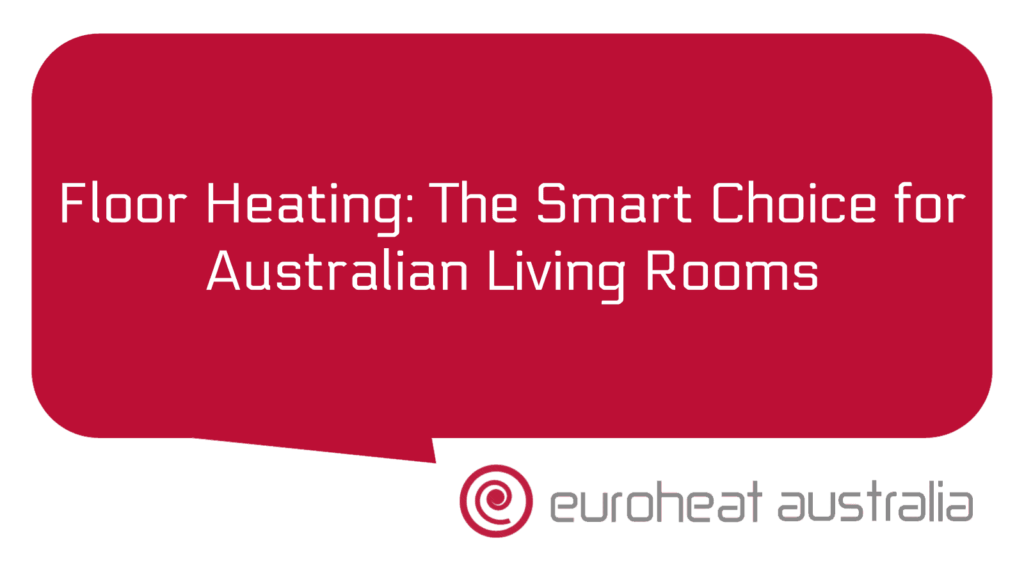Whether you live in a single family home or a large apartment building, having the right motor for your heat recovery system is essential. Heat recovery systems use motors to transfer heat from one area to another, often using air-to-air technology. This helps to reduce energy costs and environmental impact. In this article, we’ll look at the different types of motors used in heat recovery systems and the benefits of installing one.
The most common type of motor used in heat recovery systems is the blower motor, which uses fans to transfer heat from place to place. Blower motors are usually made from high-quality materials such as aluminum, stainless steel or cast iron, and can be powered by either electric or gas. They are designed to be reliable and energy efficient, making them ideal for long-term use.
Another type of motor used in heat recovery systems is the centrifugal fan motor. This type of motor uses centrifugal force to push air through a series of blades that rotate at high speeds. This creates turbulence in the air stream and helps to move warm air away from cold surfaces more efficiently than with a blower motor alone. Centrifugal fan motors are typically quieter than blower motors and don’t require as much power, making them an ideal choice for residential applications.
The final type of motor used in heat recovery systems is the thermal wheel. A thermal wheel is basically an insulated wheel that rotates between two areas with different temperatures. As warm air passes through it, it collects energy which is then released into cooler areas as needed. Thermal wheels can be made from a variety of materials such as aluminum or stainless steel and can be powered by either electric or gas depending on your needs and budget.
The benefits of installing a heat recovery system are numerous; not only does it reduce energy costs but it also reduces environmental impact by reducing greenhouse gas emissions associated with traditional heating methods such as oil and gas furnaces. Heat recovery systems can also help reduce maintenance costs since they require less frequent servicing than traditional heating methods do due to their increased efficiency levels. Additionally, they can help reduce noise levels since they don’t produce loud vibrations like traditional furnace motors do when running at full capacity.
When considering installing a new heating system in your home or building, it pays off to consult with experienced professionals who have expertise in designing hydronic heating & cooling systems – Euroheat Australia has been designing & constructing these systems with 30 years of experience – they provide design & installation services that ensure your system works effectively & efficiently while providing cost savings over time thanks to improved energy efficiency ratings compared to conventional heating methods!
On average, you can expect up to 30% energy savings when replacing an old furnace with a new hydronic heating system equipped with an efficient motor like those mentioned above (thermal wheel being most efficient). Not only will this lead to lower utility bills but you’ll also benefit from improved air quality due to reduced airborne pollutants associated with older furnaces!
By investing in an appropriate motor for your new hydronic heating system, you can save money on energy bills while helping protect the environment at the same time – both great outcomes! So why not consider upgrading today?





